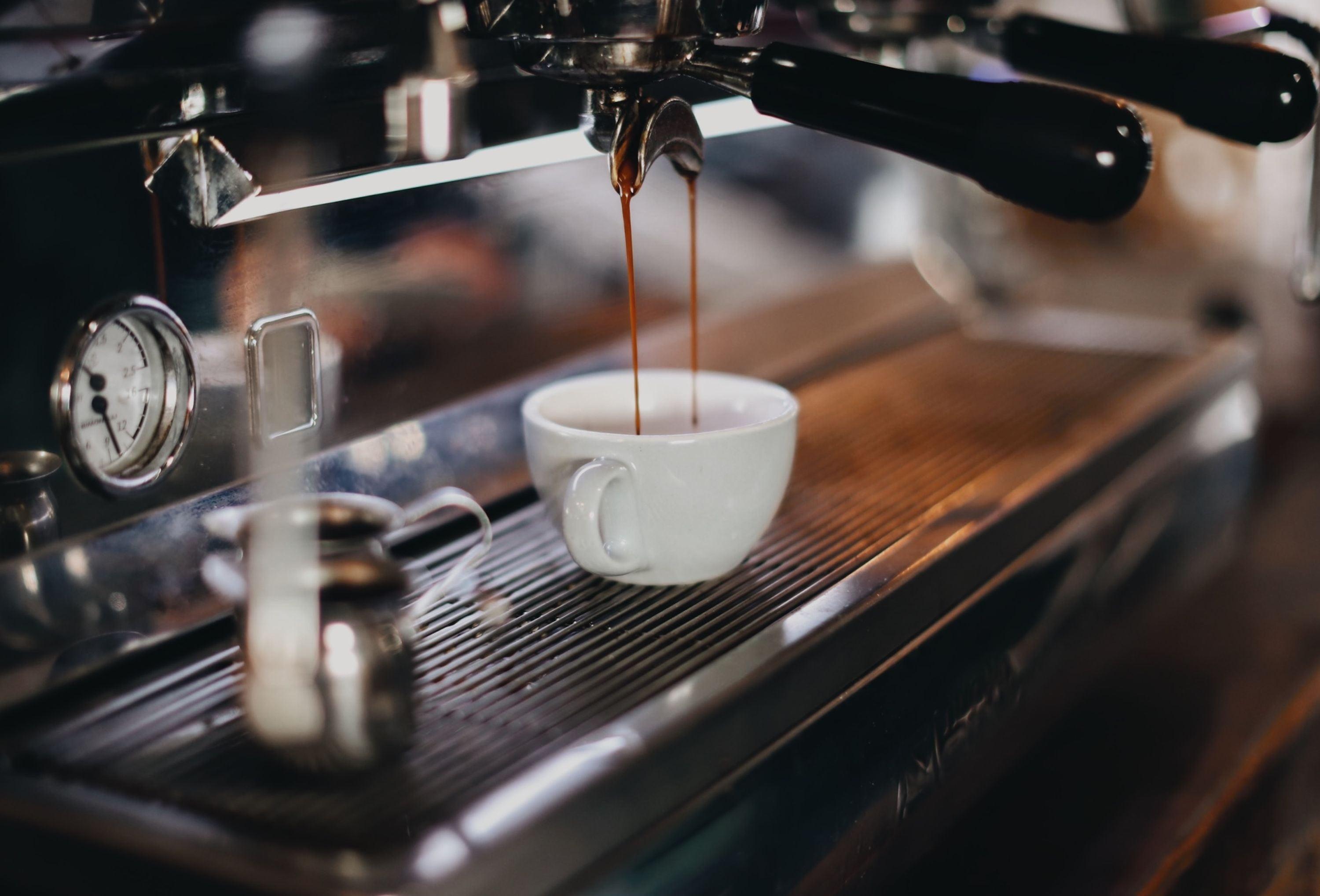3 Common Espresso Mistakes And How To Avoid Them
Published Date:
Making espresso at home can be a daunting task. There are so many tricks and tips that it's hard to keep them all straight! We will discuss 3 common mistakes people make when making their own coffee, and offer some solutions or alternatives for each one. Let's get started!
1. Using Coffee Too Old or Too Fresh

Using coffee that's too old or too fresh is probably the most common mistake people make when it comes to making espresso. Once roasted, coffee beans start staling immediately; exposure to oxygen and humidity begins breaking down their complex flavour profile almost instantly! The longer your coffee sits before you grind it for your drink, the more stale-tasting notes will begin creeping into its taste. It's best to use freshly ground whole beans within two to three weeks of roasting for this reason.
Have you ever had coffee that you didn't like the first time around, but tried it again two days later and found that it was much improved? This is because of a natural process called coffee degassing. Degassing occurs when coffee is roasted. Carbon dioxide is produced inside the bean during the roasting process. During the first few days after roasting, a large amount of gas is released. Air pockets are created as a result of the released gas, which can disrupt the contact between the coffee grounds and water. This results in an uneven extraction of flavour and aroma in dry coffee.
2. Brewing With The Wrong Water

If you don't like the way your water tastes when you drink it plain, then you probably won't like the espresso that is brewed with it.
Another common mistake people make is using water that has too high of mineral content. Minerals in the water can cause your coffee to taste bitter or harsh, so it's usually best to use filtered or purified water instead. This doesn't mean you should use distilled water since there are no minerals in it at all which may affect how well the water is dissolved in the espresso.
Also Read - How To Make Espresso At Home?
3. Brewing With Too Much Coffee Grounds or Not Enough

It's important to use enough ground coffee when you make your brew, otherwise, it won't be strong or flavorful. Many people guess how much they should put into their machine and end up with weak or flavourless results.
Strength isn't a number on a bag, a roast degree or a cup of coffee's caffeine content. It's all about dilution. For example, correctly "diluting" the shot of coffee you're creating to your preference.
Espresso drinks made from high-quality coffees can differ, but the majority use strength as a key element to enhance the flavour of the coffee while minimizing sharpness or blandness. A good rule of thumb is to aim for a 1:2 coffee to water ratio, which will result in a beverage that's roughly double the weight of ground coffee
Testing a few different coffee to water ratios is an easy way to find out what works best for you and your machine, so don't be afraid to experiment until you hit the sweet spot! You'll get better at this with practice too, so try not to worry if something isn't perfect right away - just pick your favourite blend or single origin coffee through our coffee wholesale or coffee subscription services, keep trying different ratios, and you'll get it figured out.

 ALL
ALL


